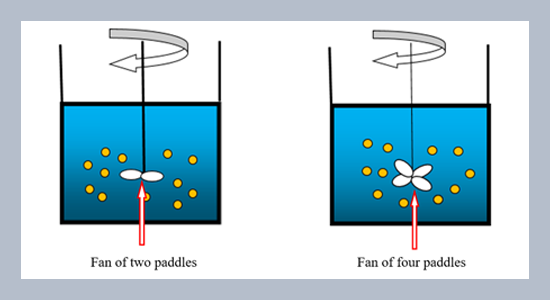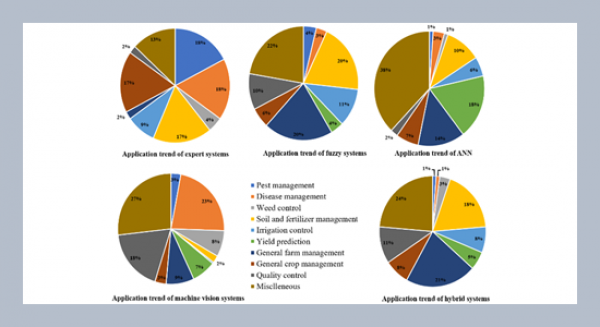Zainb Abd alelah Abd Alateef, Fatma Abd Alemam Jyad, Maha Atta Faroon, Ahmed Naseh Ahmed Hamdan* Department of Civil Engineering, College of Engineering, University of Basrah, Basrah 61001, Iraq
Download Citation:
|
Download PDF
Response Surface Methods (RSM) and desirability functions are good examples of data-based multivariate methods that can be used to study coagulation treatment optimization. This study examined and optimized the efficacy of turbidity reduction, under the operating conditions of initial turbidity Tin (50–200 NTU), pH (5–9), and alum dose (50–250 mg/L) for two types of fan (two paddles and four paddles) using Face-Centered Central Composite Design F-CCCD of RSM. The experimental results of F-CCCD were fitted to the second-order quadratic model for the two types of fans in order to formulate the impacts of each element and their interactions on the response of interest in a mathematical connection. The results showed that at optimal operating conditions for a fan with two paddles of Tin, pH and alum dose of 87.76 NTU, 8.86 and 170.43 mg/L, respectively, the predicted values of turbidity removal efficiency (E%) was 85.92% and for four paddles fan type when Tin, pH and alum dose of 156.58 NTU, 8.93, and 138.7 mg/L, respectively, the predicted values of turbidity removal efficiency (E%) was 93.71, with the desirability of 1.000. This study showed how well F-CCCD works with a desirability function to find the best conditions for the process (Tin, pH, and alum dosage) of coagulation for the turbidity removal efficiency E%. A four-paddle fan type provided the best removal efficiency. Instead of jar testing, drinking water treatment companies might utilize the findings of this study as a starting point for their work.ABSTRACT
Keywords:
Flocculation, Efficiency removal, Coagulation, Central composite design, Response surface method, Optimization network (ANN).
Share this article with your colleagues
REFERENCES
ARTICLE INFORMATION
Received:
2022-12-16
Revised:
2023-06-28
Accepted:
2023-10-07
Available Online:
2024-03-07
Zainb Abd alelah Abd Alateef, Fatma Abd Alemam Jyad, Maha Atta Faroon, Ahmed Naseh Ahmed Hamdan 2024. Initial turbidity, pH, dosage of alum and paddles type optimization of efficiency removal by using response surface methods (RSM). International Journal of Applied Science and Engineering, 21, 2023087. https://doi.org/10.6703/IJASE.202403_21(1).010
Cite this article:
Copyright The Author(s). This is an open access article distributed under the terms of the Creative Commons Attribution License (CC BY 4.0), which permits unrestricted use, distribution, and reproduction in any medium, provided the original author and source are cited.















